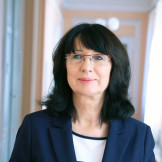
Aktualno
Članek
Revisionists in action: Ustashas and chetniks still walking together
Both Mladen Ivanic and Milorad Dodik attended this year's marking the anniversary of the crime in Jadovno held on the 1st of July.
.jpg.webp)
By: Sead OMERAGIC
Both Mladen Ivanic and Milorad Dodik attended this year's marking the anniversary of the crime in Jadovno held on the 1st of July.
So Dodik and Ivanić remember the crimes committed over Serbs. And what about the Srebrenica genocide and numerous crimes against humanity which Serb units committed over their Bosniak neighbors? Serb politics persists in overlooking those facts, which do not seem to have any place in their history.
When it comes to the official politics of Belgrade and Zagreb, they tend to approach the issues of Bosnia and Herzegovina, including those of crimes and even genocide, as a 'Swedish table'. They take as much as they like of whatever they like. Just like Serge Brammertz recently said about such politics: 'Our criminals are our heroes'.
Nothing has changed. Warnings about revisionism of the worst sort – do not seem to help. Nonchalant attitude of the international community towards the episodes of the 'greatSerbism' and 'greatCroatism' is rather worrying.
The official Belgrade politics that rehabilitates the worst war criminals such as Milan Nedic, General Draza Mihailovic, and Duke Nikola Kalabic – is the worst kind of revisionism. There is a new monument erected celebrating duke Lazar Tesanovic, and ustasha Jure Francetic.
Ustasha and chetnik movements keep walking together. They feed one another to their own radicalisms and provocations. Their joint work is easily seen. Their motives are yet to be seen.
Official Zagreb appears equally nonchalant regarding Nazi episodes such was the one with HOS plaque in Jasenovac. Thompson’s concerts are there as well to maintain the tension. Singing nationalistic songs, even by the president, Kolinda Grabar Kitarovic – has its own rationale.
Why are official Belgrade and Zagreb doing it? Historical revisionism has always been a prelude to new crimes.
The fact that Belgrade refuses to remember Srebrenica has its practical application. I remember when the Tribunal began to investigate Mladic's statement made on 11 July in Srebrenica: 'The time has come at last for us to take revenge on Muslims after the revolt against the dahijas'. Regardless of the outcome of their investigation, the Tribunal remained completely puzzled as they were unable to make connection between the event of 200 years ago and the crime of genocide in Srebrenica.
Let us recall actual numbers of the victims of the WWII. Two researches carried out by a Serb and a Croat, revealed the proportions of the tragedy of peoples in Yugoslavia during the WWII. Bogoljub Kocovic made a research about the victims for the UN. He concluded that the biggest victims of the war were the Jewish people who had lost 36 percent of its population. The second are Bosniaks who lost 12 percent of the population. Then Serbs with 7.8 percent etc. Research done by Vladimir Zerjavic confirmed Kocovic's figures with an increase of the number of Bosniak victims.
Mehmedalija Bojic, retired colonel of JNA, the author of 'History of Bosnia and Bosniaks', the man who was considered Tito's biographer, was once an employee of the Historical Institute in Belgrade. One day, he noticed a small room that nobody ever opened. He asked a janitor to open it for him. As they opened the door, a bunch of photographs fell on the floor in front of them. Bojic was perusing them in shock for some 20 minutes. The photographs showed the ustashas and chetniks together. Somebody intentionally hid that part of their common history.
Just like then, the cooperation between the 'black shirts' flourished during the aggression on Bosnia and Herzegovina.
The worst thing for the black shirts – chetniks and ustashas – was to talk about the coexistence of peoples in this region. They fail to hide their anger. That's because in the WWII, Pavelic and Nedic worked together, just like their ustashas and chetniks. Just like Milosevic and Tudjman. It appeared as if they deliver to one another their own people who underwent crimes. It looked as if they were destroying the common life for ethnic cleansing and resettlement of people. It is no coincidence that Vukovar was chosen as the place of mass carnage and torture, with the highest number of mixed marriages in Yugoslavia. How come Osijek did not have the same destiny? There are many absurd and secrets, such as the one of so-called Herzeg-Bosnia which scheduled its founding for 18 November 1991, one month before the fall of Vukovar. Many years later, leaders of so-called Herzeg-Bosnia claimed that they had chosen the date of the fall of Vukovar on the day when their parastate was founded. Why were they upset about Vukovar when, three months after the start of the Bosnian war, they did not shoot one single bullet towards Serb army?
Other towns that were building coexistence for centuries had similar destiny to Vukovar. That's how Bosnia and Herzegovina was being destroyed – Sarajevo, Mostar, Banja Luka, Tuzla, Prijedor and its population which was being forced by crime to leave their homes.
Now, we can only wonder why were the crimes committed after all when Nedic and Pavelic, and even Tudjman and Milosevic made deals. What was the purpose of the crimes? The motive may have been the ultimate destruction of the peaceful coexistence which was deeply enrooted in the population of those towns. The ultimate goal was to destroy Bosnia and Herzegovina as the symbol of the century long coexistence.
That's how we explain the memory of the 75 year old crime, and the amnesia of the genocide of 25 years ago.
#English
Najnovejše
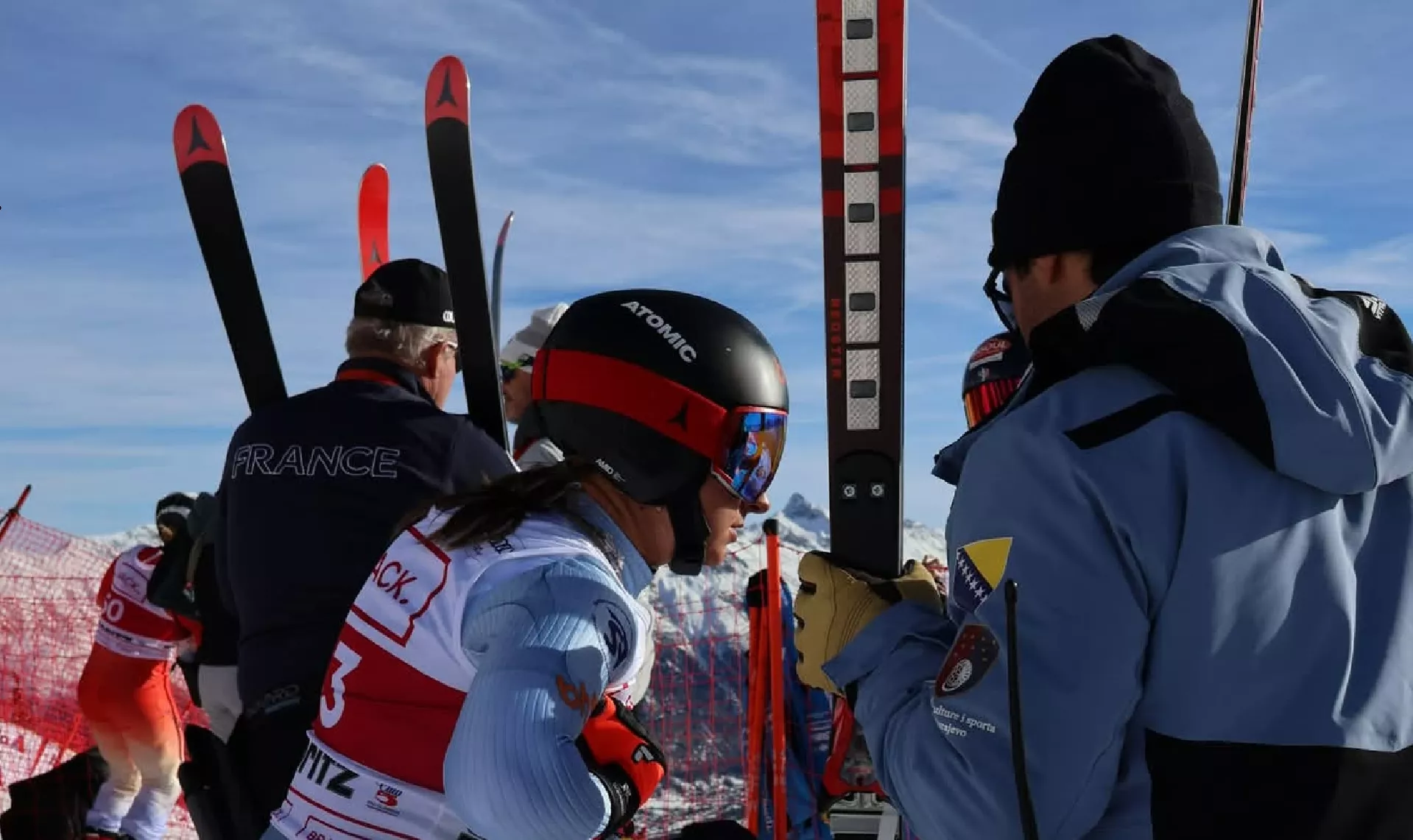
Muzaferija 37. u Super-G-ju u Val d’Isereu
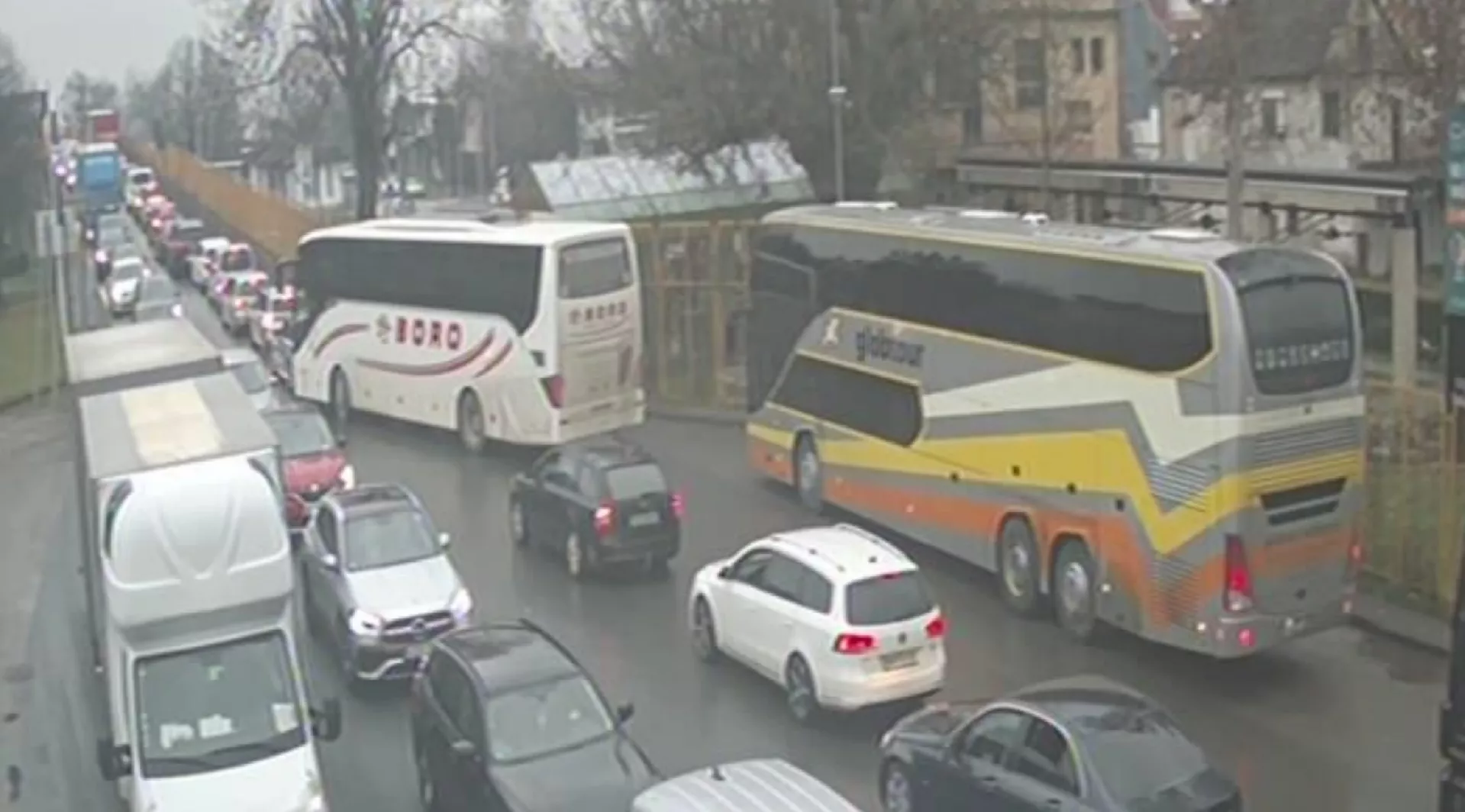
Gužve i velike kolone vozila na graničnim prijelazima
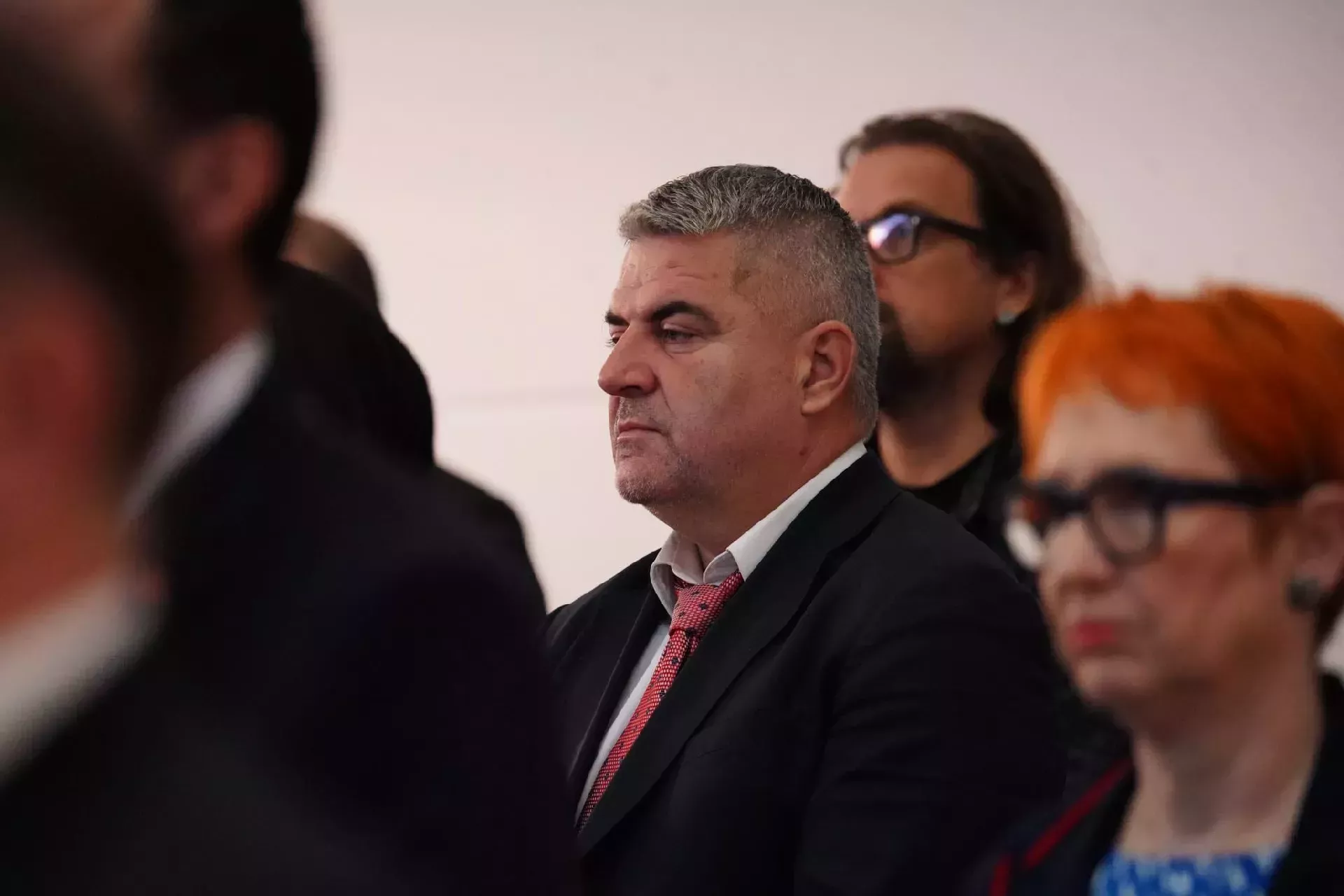
NAP donosi detalje iz budžeta KS za 2026.: Za otplatu dugova i kamata 250 miliona KM, novca manje za skoro sva ministarstva
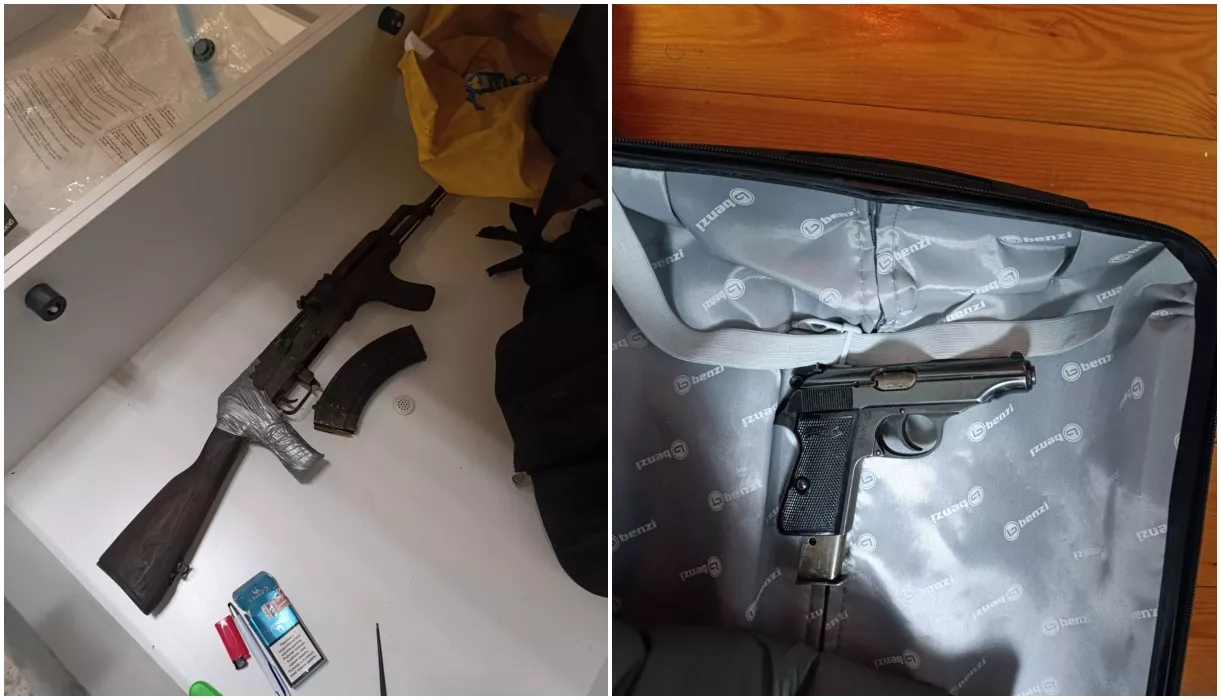
Pokušaj ubistva na Kobiljoj Glavi: Dvojica muškaraca pucali na trećeg iz vozila u pokretu

Ministri vanjskih poslova Irana i Ujedinjenog Kraljevstva u rijetkom direktnom kontaktu
Najbolj brano
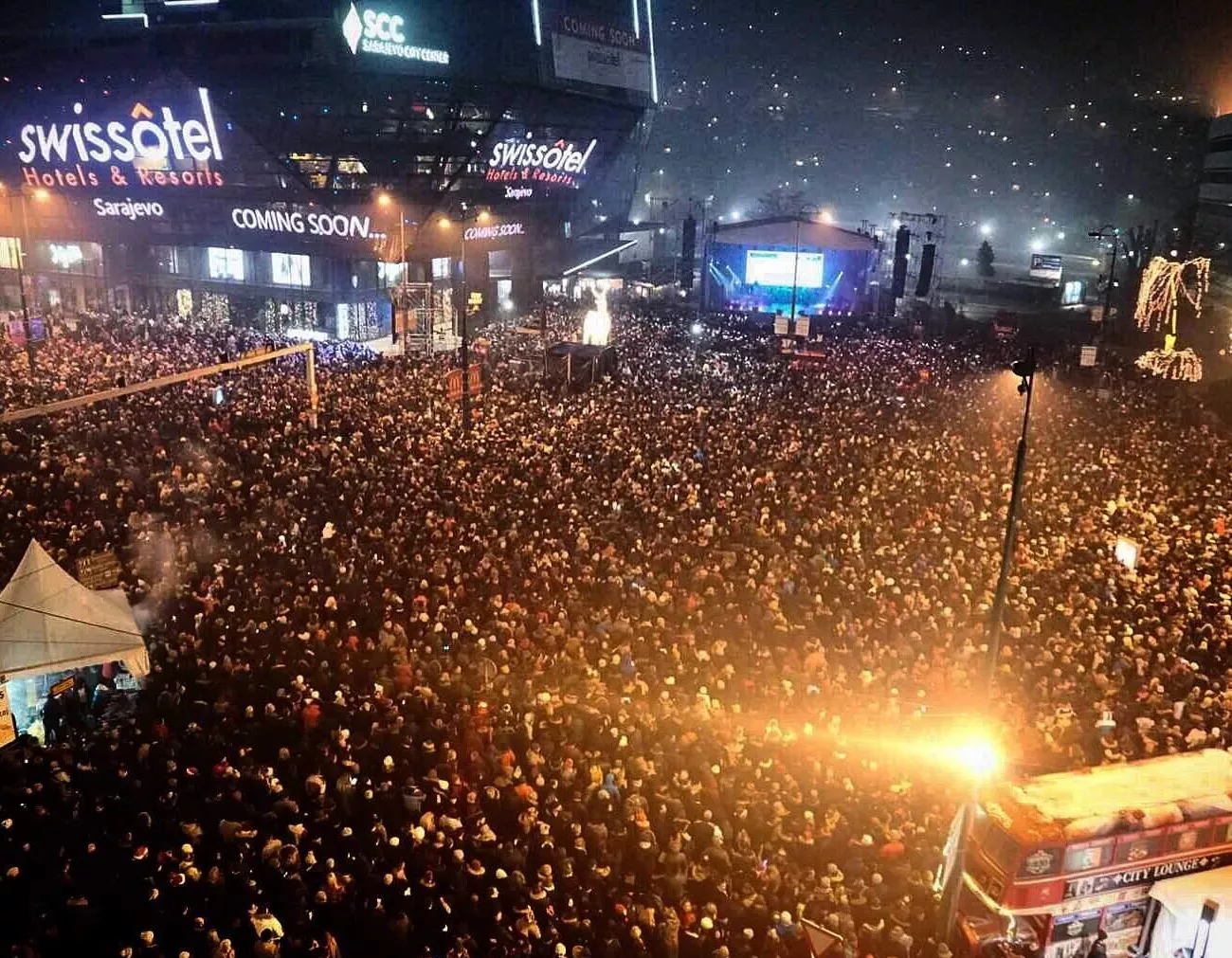
Firma iz Laktaša dobila organizaciju novogodišnje noći u Sarajevu u vrijednosti 700.000 KM!
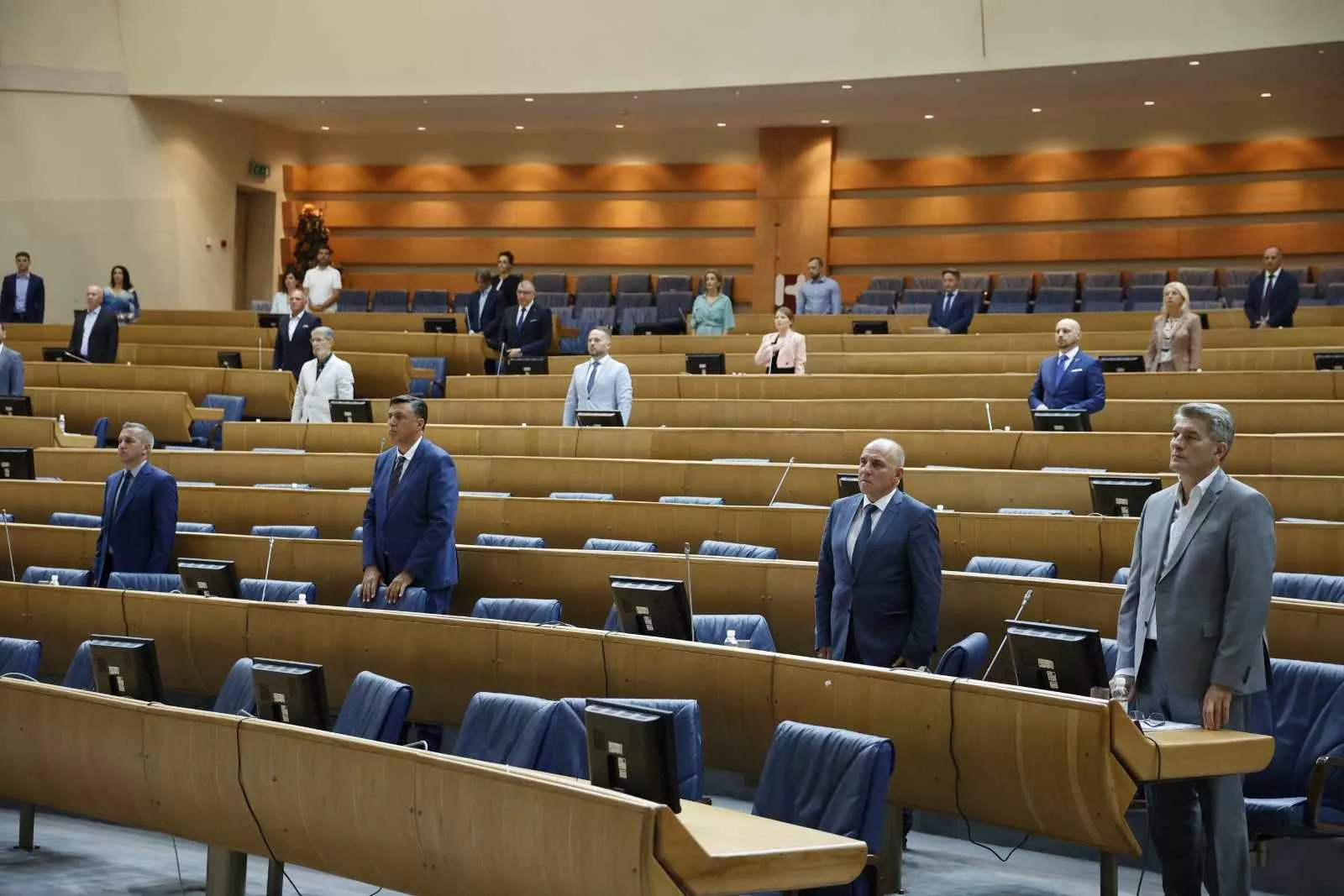
Predlagači izmjena Zakona o policijskim službenicima BiH iznijeli lažne podatke o popunjenosti agencija i podršci sindikata
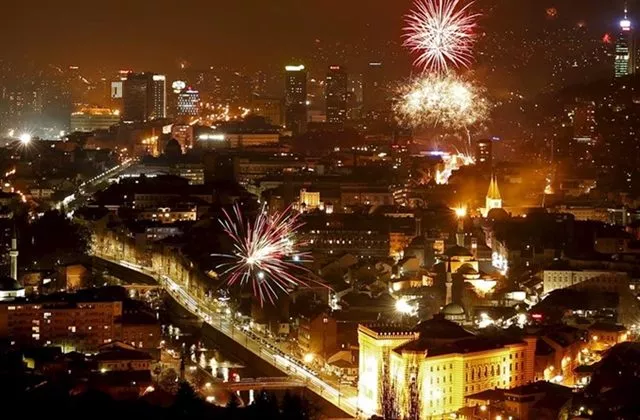
Kako je firma iz Laktaša od Đurđevdanskog festivala stigla do novogodišnjeg dočeka u Sarajevu od 700.000 KM?
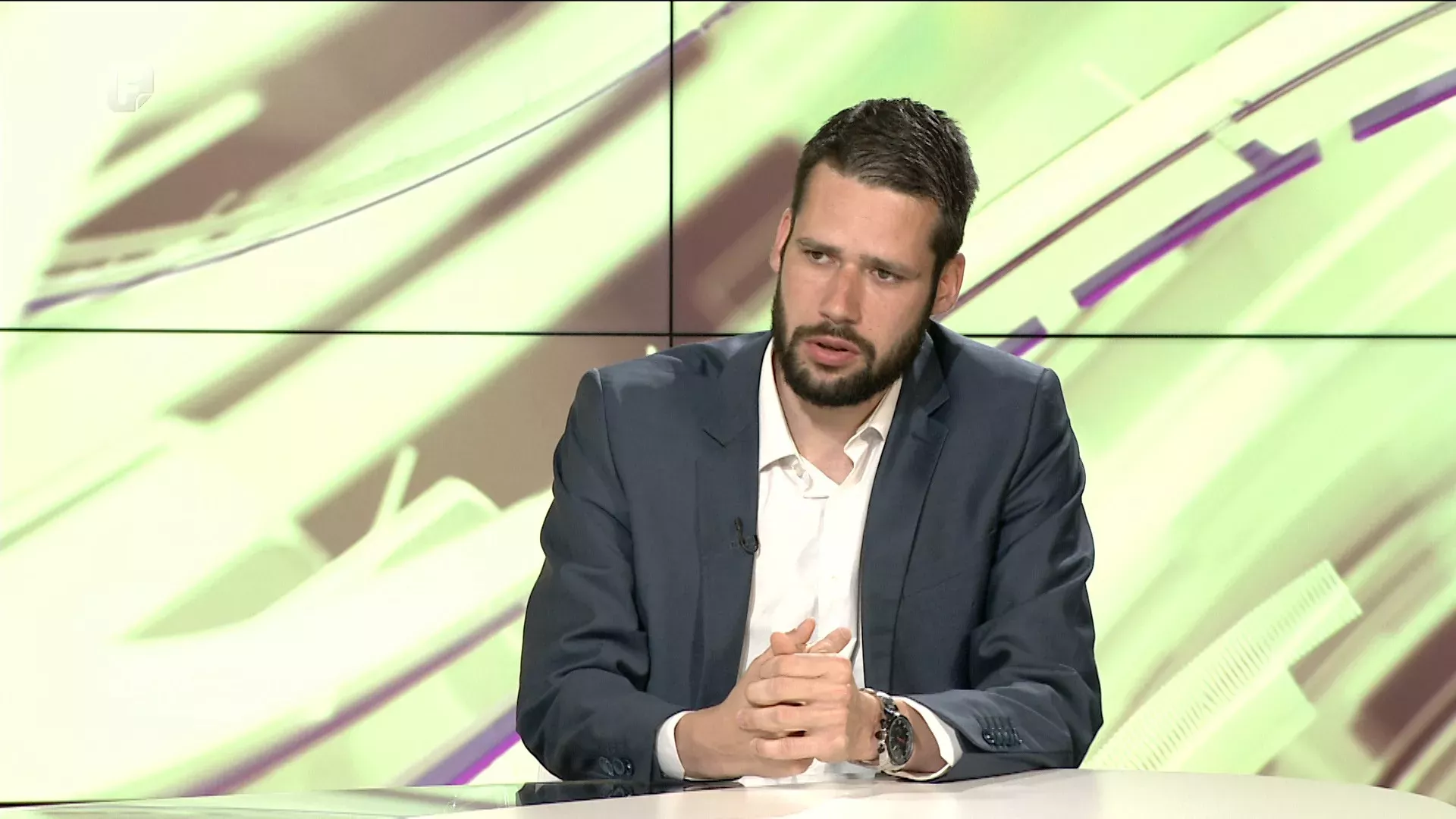
Kovačević je jedino prijetnja antidržavnoj politici HDZ-a, Konakoviću ako je žao nek bude Čovićev kandidat!
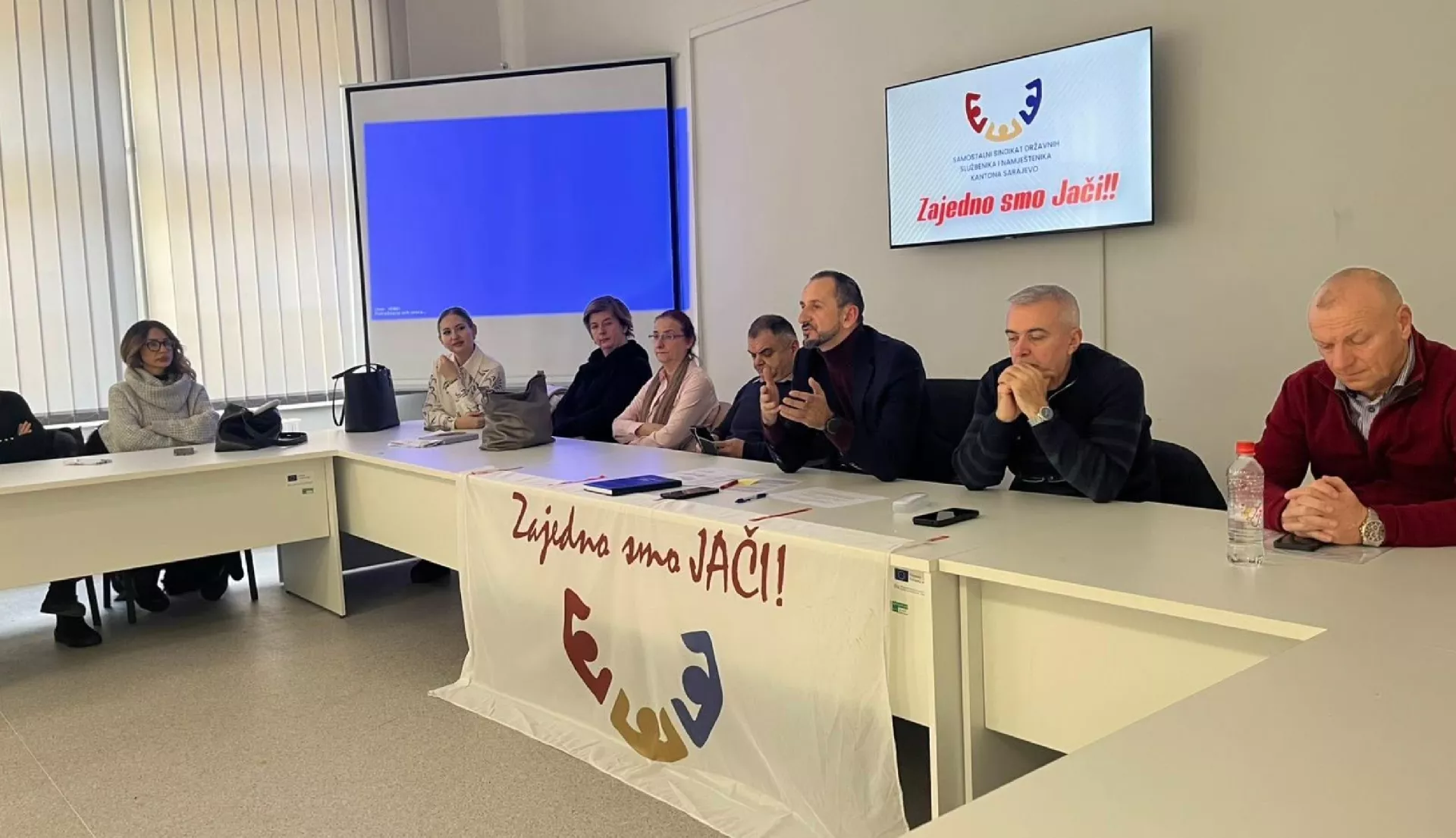
Sindikat traži direktne pregovore s Vladom KS: Državni službenici i namještenici dovedeni su na rub socijalne egzistencije
